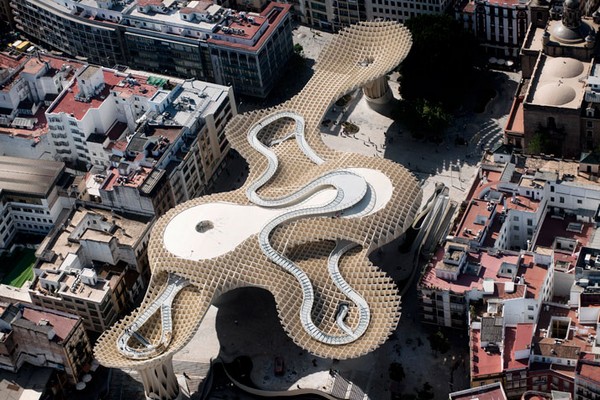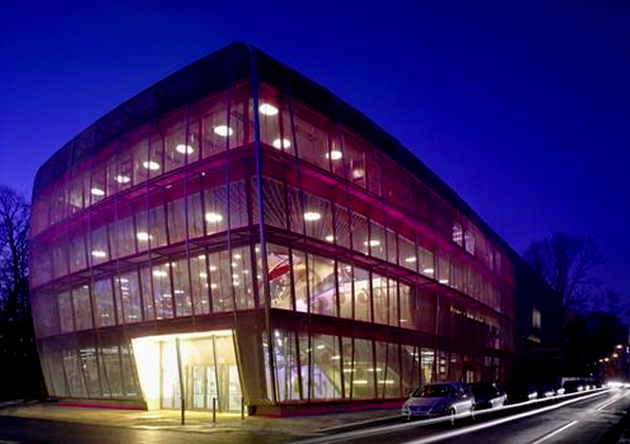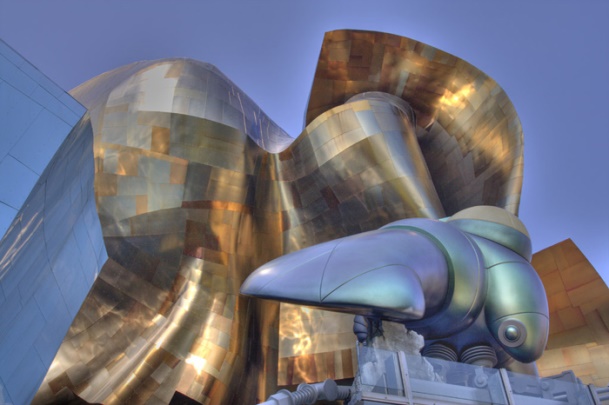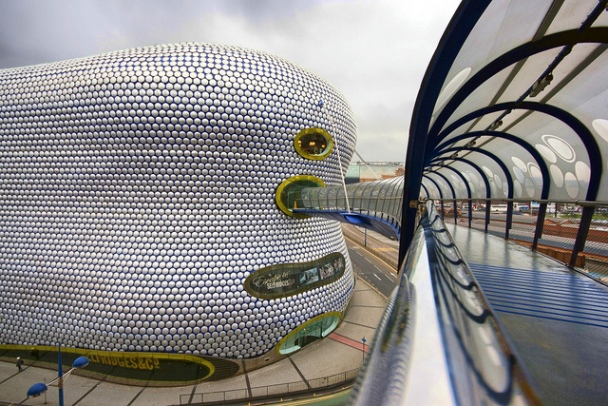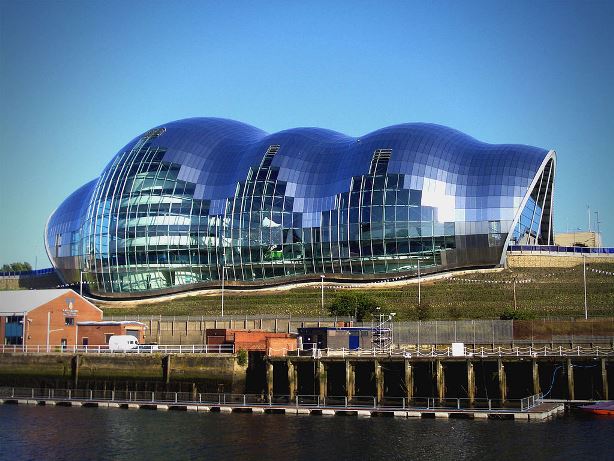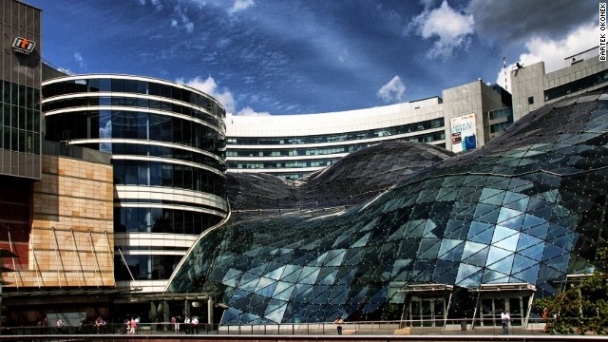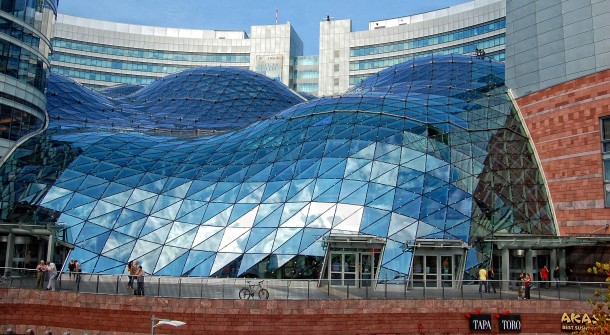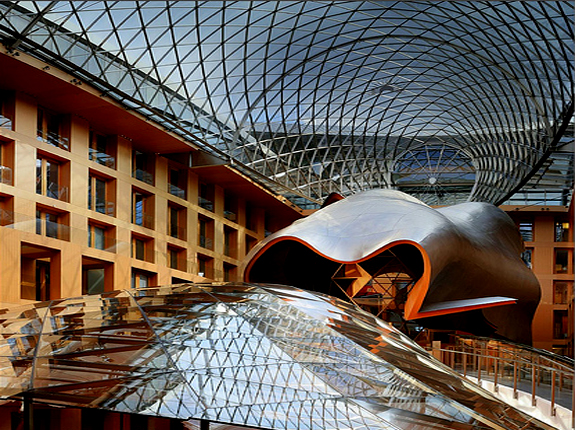The Most “Blobbiest” Buildings in the World
The term “blobbiest” may not be the first that comes to mind when thinking of unique buildings, but it is the one term that evokes thoughts of structures shaped like UFOs or curvy parasols or even melted guitars. Emporis of Hamburg, Germany, a building data company has recently compiled a list of the world’s most “blobbiest” buildings to provide a unique category for structures that otherwise may not make anyone’s list.
These building represent the extreme in terms of modern design are have evoked wonder at their very construction. While they may not be the tallest, most beautiful or stylish, they certainly are highly unique and offer insight into the creative minds which designed them and the construction crews that built them.
The buildings often get their nickname “blob” or “blobby” from the water-like shape that is created. The staff at Emporis felt that it was time to honor these unusual creations and now they are starting to spread to different parts of the world.
The List of the Most “Blobbiest” Buildings in the World
What follows is a list, in no particular order, of the buildings that Emporis considered the most “blobbiest” in terms of style.
- Metropol Parasol – Spain

- Kunsthaus Graz – Austria

- Experience Music Project – USA

- New York by Gehry – USA

- Selfridges Building – England

- The Sage Gateshead – England

- De Admirant Entrace Building – Netherlands

- Golden Terraces – Poland

- City Hall – England

- DZ Bank Building – Germany

These are certainly some of the most unique, most interesting buildings that have ever been constructed. The Metropol Parasol in Seville, Spain is the largest wooden structure in the world while the Experience Music Project in Seattle, USA is actually locally known as “The Blob”, making it a prime example of this unique architectural approach.
The Golden Terraces in Warsaw, Poland offer a unique, wavy roof that was crafted from 4,700 separate elements of glass. Its remarkable appearance sits over the atrium of a multi-story shopping center as if it were a frozen wave of water.
The Future of “Blobby” Buildings
Although relatively small in number, the future of “blobby” buildings seems to be quite strong despite the less than universal acceptance by the public. For example, the Selfridges Building in Birmingham, England may have been called a “beehive” thanks to the honeycomb-type frame over the façade, but the London City Hall earned the nickname, “Glass Testicle” thanks to its rather familiar-looking shape.
However, new “blobby” buildings are already in the planning stages for many of the world’s major cities, including the new Louis Vuitton pour la Creation in Paris which was designed by Frank O. Gehry, a prominent name in the world of “blobby” buildings, which is due to open this year.
For those who adore these types of structures, there will certainly be more of them about to fascinate and dazzle. However, for those who are not impressed with “blobby” buildings, there will be no doubt a number of creative nicknames that will be created as well.

